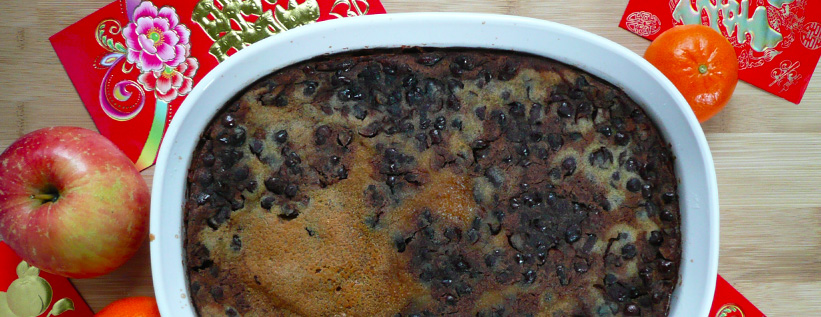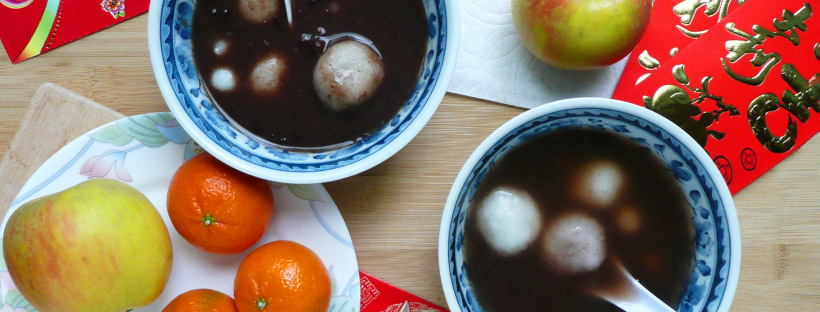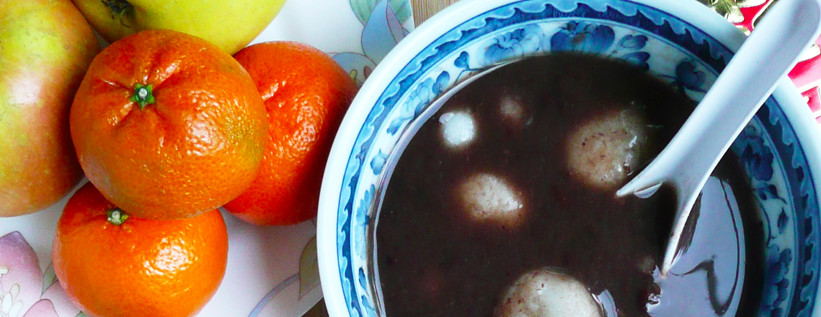A super simple recipe for dairy free and refined sugar free nian gao (Chinese New Year Cake) with homemade red bean filling. Tastes just like the traditional version.
Category: Lunar New Year
Lunar New Year – Homemade Tang Yuan Recipe – Refined Sugar Free
These tang yuan are chewy sweet rice balls with delicious red bean filling. Tang yuan signify family togetherness and are eaten during Lunar New Year celebrations.
Lunar New Year – Red Bean Soup Recipe, Refined Sugar Free, Maple Syrup
A refined sugar free version of a classic sweet red bean soup.


